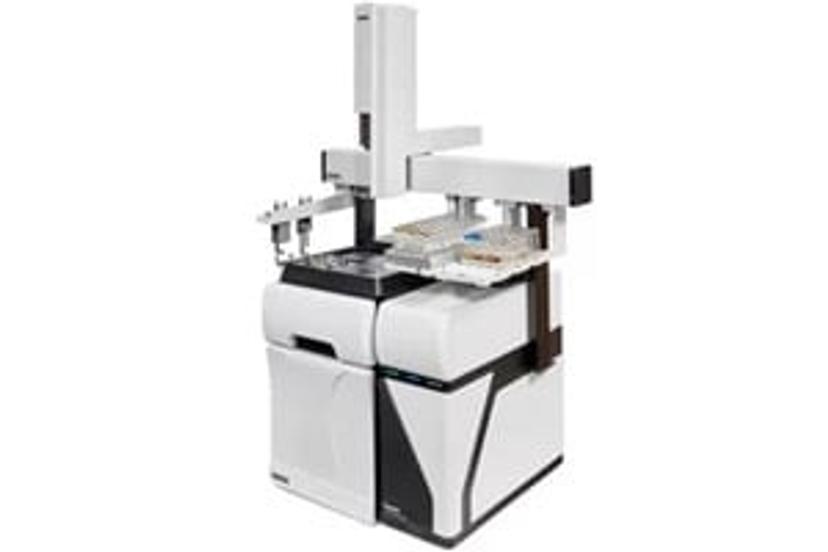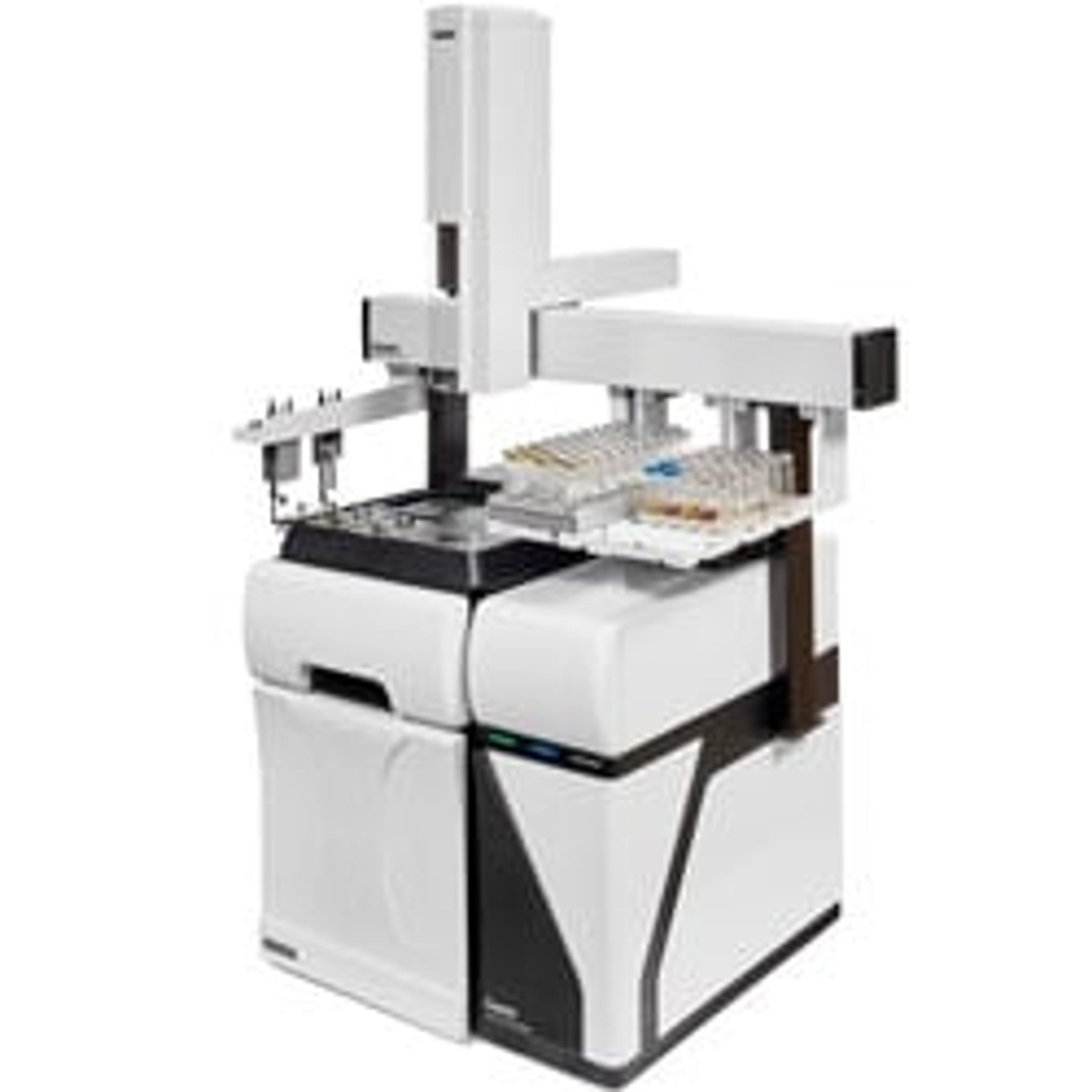Your Questions Answered - Best Practices for Automated, Unattended Analysis of VOCs and SVOCs in Water
In this on-demand webinar, hear how cryogen-free trapping technology for conventional headspace and SPME sampling can help you keep up with the challenges of ever lowering VOC detection limits
29 Nov 2018
Water is the most regulated substance people consume, and it can contain a wide range of contaminants including volatile and semi-volatile organic compounds (VOCs and SVOCs), across a wide range of concentrations. These are commonly analyzed by GC–MS after appropriate sample preparation and extraction of target analytes.
In a recent SelectScience® webinar — now available on demand — Dr. Jan Peter Mayser and Massimo Santoro, of Markes International, highlight the best practices and benefits of using a single platform for the automated unattended trace analysis of VOCs and SVOCs by GC–MS. Examples are shown using a variety of sampling techniques, both via headspace or via direct immersion in the water, to handle large sample quantities and reach the low detection limits required in many countries.
You can still watch the webinar any time you like, by registering here. Read on to discover Q&A highlights from the live event.
Watch Webinar Now
SS: Why can I not inject 5ml of head space directly into the GC liner?
MS: The answer is that you can. In reality, most if not all the head space units that you can use allow the injection of 5ml. In most cases, your GC analytical system can’t handle this.
Centri and other systems that utilize traps between the so-called injector and the GC column, use a trap to focus target analytes. They concentrate the VOCs that were originally contained in the 5ml sample into a very sharp band that can then be analyzed, giving good chromatography with normal capillary columns. It is possible to inject 5 ML of headspace, but the use of a good focusing trap makes the chromatographic data usable.
SS: What is the benefit of adding TD to the other extraction modes?
MS: An obvious value is that for everyone using GC normally, when you split a sample, the amount that you split is just lost. With Centri and our TD platform we can re-collect, re-trap and re-focus on a sorbent-packed tube what, in fact, would be lost in all the other systems you find in the market.
The benefit is really what you can do with this additional sample. For example, you can utilize this feature to quickly develop methods without necessarily preparing multiple samples, or you can simply allow another lab to repeat the analysis. This can be important if you want to acquire additional information using, for example, a different GC or GC-MS detector.
This can be an important feature for forensic studies and all types of analyses where the amount of sample is not huge — in those circumstances, the possibility of repeating the analysis without using another aliquot of sample is an important characteristic.

SS: Is the refocusing trap necessary for the analysis of VOCs in water?
JPM: The trap is not a necessity for the analysis in water. 1 ml headspace injection, which can also be run directly, is sufficient for this. On Centri, it is possible to completely bypass the trap and do a direct headspace injection into the GC system. However, the trap brings with it many advantages, such as the opportunity to reduce water vapor entering the GC system. We can dry the trap by purging it, removing water prior to analysis. We can also do multiple headspace extractions from one vial and store them on the trap before firing the trap to the GC system, increasing the sensitivity of the whole system.
SS: How does the Centri unit extract samples? Is the sampling done manually before the Centri unit performs automated sample prep?
MS: Yes, sampling must be done manually. Centri is not capable of online sampling, so the sample has to be brought to Centri, either in a 10 or 20 ml vial, in thermal desorption tubes but often using offline sampling. For example, using tubes or HiSorb, a sample can be collected and then presented to Centri for the automation and sample concentration part.
SS: What advantage does SPME-trap offer over simple Headspace?
JPM: The SPME by itself offers the advantage that it's already concentrating VOCs and SVOCs onto the fiber. What the SPME trap offers on top of this, is double pre-concentration, one onto the SPME fiber, and then the second time onto the trap, this can be done over and over again to get maximum sensitivity from the analysis.
MS: One other difference can be the selectivity. The choice of material on the SPME fiber and onto the trap can be used as a way to selectively remove the matrix. This choice also depends on the analytes of interest.
Find out more on this topic by watching the full webinar on demand >>
SelectScience runs 3-4 webinars a month across various scientific topics, discover more of our upcoming webinars>>

